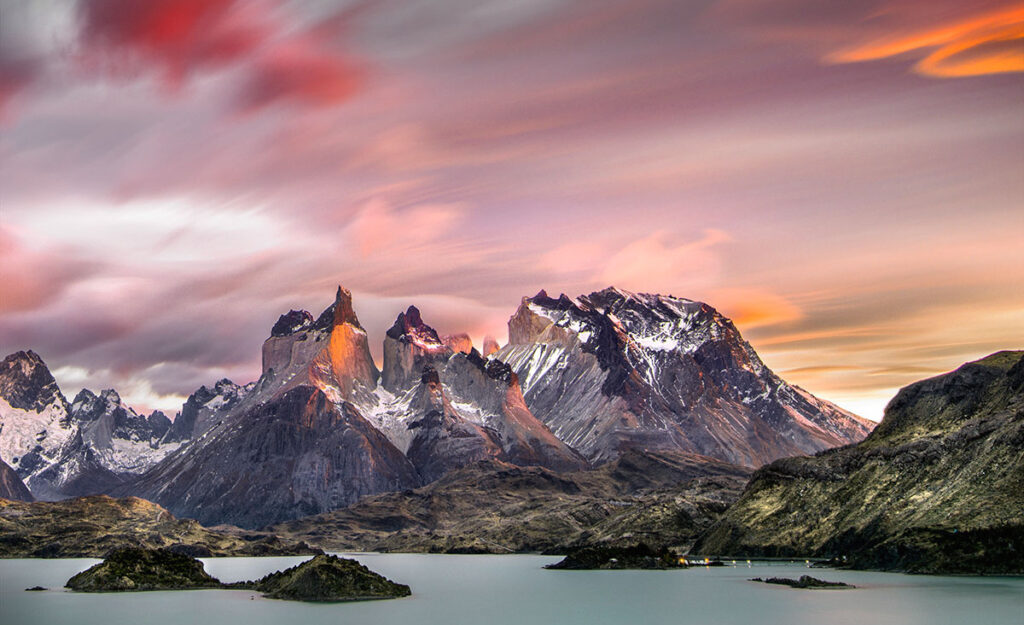Whether you’re just starting out as a beginner photographer and want to learn more, or you’d like to be able to take your skills to the next level, camera lens filters can be an easy and effective way to do it. Using a camera filter can help to improve your photos in a number of ways, from correction to enhancement. They are particularly helpful if you want to add more impact and drama to an image, which can result in a much more impressive or striking photograph.
You can see the effects of these filters on photo sharing platforms, where photographers come together to share their work and learn from one another. So, if you’re hoping to learn a little more about which camera filters you should be using, here is a handy guide.
Filters come in different shapes
Firstly, it’s important to know that camera lens filters often come in two different shapes, circular or square. Circular filters are typically simple to just screw on to the front of your lens, but it’s important that you buy the filter that matches the diameter of your lens.
A square filter can also sometimes be rectangular. These filters are usually part of a system that attaches to the front of your camera, with a bracket and other fixtures. This way can be particularly helpful if you want to stack filters to create a unique effect.
Circular polarising filter
A circular polarising filter is a popular choice and it can be particularly useful for any sort of outdoor scenery. It is most often used for landscape photography. A polarising filter works by only allowing certain light waves into the camera, which can help you to manage the image with more control.
You are able to increase or decrease the reflections in a scene by rotating the filter accordingly. Similarly, you can also add more saturation for a more dramatic impact. For example, a circular polarising filter can be used to enhance the clouds through the lens and make them pop more in the finished image.
Neutral density filter
A neutral density filter is another popular choice for landscape photography, but it can also come in handy for portrait work too. This type of filter will block the light in varying amounts, depending on the strength of the filter.
If there is too much light in an image, or if there are moving clouds or water which distorts the light, a neutral density filter will help to balance this out in the image.
Graduated neutral density filter
Again, a graduated neutral density filter is most commonly used in landscape photography. It can be used to create a more dramatic image with more contrast between light and dark. For instance, a graduated neutral density filter can darken the sky during sunrise or sunset, to balance the exposure of the sky in relation to the rest of the image.
A hard graduated neutral density filter will create a sharp line between dark and light areas, whereas a soft filter will deliver a more gradual transition.
Graduated colour filter
A graduated colour filter is similar to a graduated neutral density filter, but these will help to add or enhance colour. For example, a graduated colour filter can make a sky more dramatic at sunrise or sunset by adding more orange and red to the image.
You’re able to play around with different colour filters in this way to add different effects to different parts of an image.
Colour correcting filters
Colour correcting filters are also known as cooling or warming, colour conversion or colour compensating filters. They can help to correct the colour of your image both inside and outdoors. This can be particularly useful if you’re hoping to evoke a certain emotion by making your image appear happier or sad, by bringing out certain hues.
These types of filters can help to avoid the need for colour correction in post-production.
